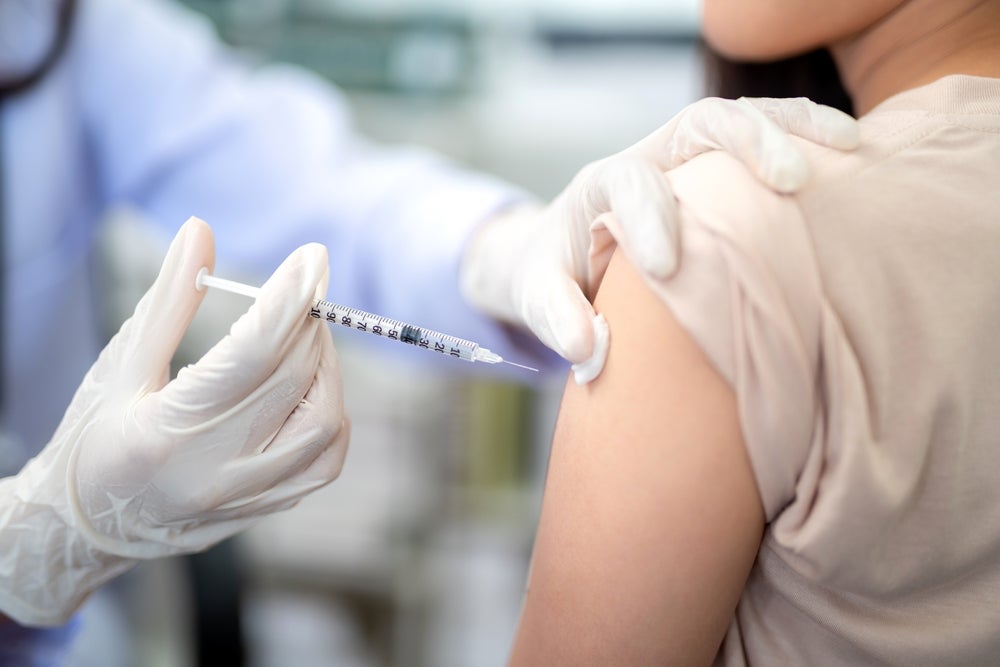
Covid-19-induced lockdown, and the consequent social distancing norms have led to a surge in the use of telemedicine, which is now come to be seen a critical strategy in restricting the risk of person-to-person transmission of coronavirus, and alleviating pressure on healthcare systems.
With social distancing becoming the new norm, telemedicine helps in maintaining the safety of patients and healthcare professionals besides preventing hospital emergency rooms from getting overcrowded and restricting exposure to people infected with Covid-19.
Telemedicine has cut down the barriers to screening and enabled patients to stay linked to their healthcare providers, and avail quality and efficient care from the comfort of their homes.
Virtual consultation has prevented individuals, who stand at low risk of getting infected with Covid-19, from rushing to healthcare systems, thereby ultimately freeing up physicians to focus their energies and resources on high-risk and critically ill patients.
Covid-19 is being considered as the tipping point for telemedicine given that patients, healthcare systems and payers have all realised the potential of the technology.
Due to the pandemic, the regulations, and policies on reimbursement and use of telemedicine have significantly changed, thereby providing expanded access to the service, which has an unprecedented demand across the world.
How well do you really know your competitors?
Access the most comprehensive Company Profiles on the market, powered by GlobalData. Save hours of research. Gain competitive edge.

Thank you!
Your download email will arrive shortly
Not ready to buy yet? Download a free sample
We are confident about the unique quality of our Company Profiles. However, we want you to make the most beneficial decision for your business, so we offer a free sample that you can download by submitting the below form
By GlobalDataThe information is based on the GlobalData report ‘Coronavirus Disease 2019 (COVID-19) Sector Impact: Use of Telemedicine During the COVID-19 Pandemic in the US – August 2020’.






